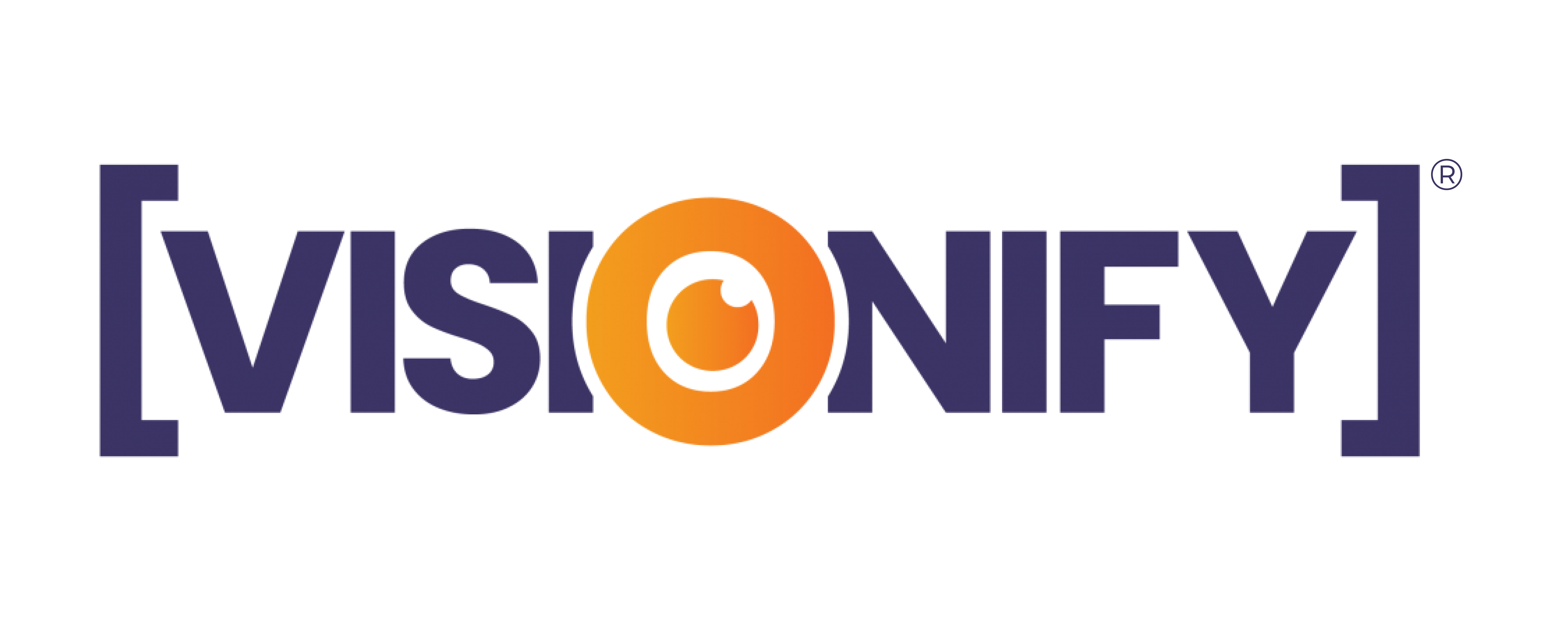source: Intel
Camera and vision systems are becoming more popular year by year in fields ranging from medicine to retail. By streamlining processes and making services more accurate and predictable, cameras and machine vision systems playing critical role to increase quality while increasing speed and throughput. In this blog we can see what machine vision can do? And how to choose machine vision cameras.
Report linker says the global machine vision market is expected to grow from $12.09 billion in 2021 to $13.52 billion in 2022.
The machine vision market is driven by sales of machine vision devices, software, and services that allow a computer to inspect, analyse, and recognise static or moving images. Machine vision systems are a collection of internet of things that use digital images to guide production and manufacturing activities dynamically including go/no inspections and performance standards.
PC-based and innovative camera-based technologies are the two most common forms of machine vision products. A PC with software makes up a PC-based machine vision system.
The PC uses an Ethernet card to link connected cameras to import images. The images are then processed using a software system that will make recommendations and includes data like pass/fail feedback to the next design.
What is a machine vision camera?
Machine vision cameras inspect and evaluate objects automatically in an industrial or manufacturing setup. For instance the camera could be configured to examine a thing’s location, shape, color, and size.
What can machine vision cameras do?
- Using cameras we get nonstop quality checks to reject and detect process errors.
- Machine vision systems and cameras can aid quality control procedures in various ways, from gauging to guidance, identification, and inspection.
- Machine vision cameras can be used to work tirelessly and accurately 24 hours a day.
- Robotics find machine vision cameras helpful in making robots that interact with their environments.
- They provide high-quality images to meet your parts inspection requirements.
- They allow for faster, more efficient, and more consistent inspections than human visual inspections.
- Compared to tactile and position sensors cameras allow manufacturers to relax the mechanical limits on a machine’s design.
- Using camera-based sensing to correct a variety of object locations and orientations. For instance robotic hold process made in simpler and precise way.
- Cameras allowed big manufacturers to lower manufacturing and shipping costs for smartphones and food packaging.
Choosing right camera
Experts say you will have to consider many variables to choose the right camera. These include the environment you’ll be in what kinds of lighting you’ll have available. How fast do you need your photos developed? where you want to mount the camera? And what size or distance your subject will be from the lens?
Fortunately there are many good resources for machine vision including distributors, system integrators, and companies that can help you choose the right camera and accessory components. When selecting a camera consider the applications in which you will use it and the level of precision you’re going to need.
When selecting a machine vision camera consider image sensor resolution, frame rate, spectrum range, image quality and optical performance, communication device. Related cabling requirements like cable length, power distribution efficiency, and built-in server is available or not.
Sensor innovation fueled by the desire for lighter, lower, and more powerful sensors in the mobile and automotive industries. As a result camera companies can now match their client’s objectives while lessening camera size.
Thanks to innovations in imaging processing and camera technologies.
It could be challenging to keep up with the latest sensor technology and computer advances, so camera users should research and decide on a vision system.
Conclusion
The camera is most essential element of a machine vision system. Choose a camera designed specifically for machine vision applications and, if necessary conduct tests to determine the suitability of the chosen camera for your application.
Every machine vision application is different. And, in each case, there are several ways to do it. The right camera comes with the right software solution. So, computer vision is the key to getting the most out of machine vision cameras, even though you must keep other factors in mind (like object appearance and materials).
Factory Vision Solutions helps your factory see what moves through the assembly line. Using deep learning and computer vision models we can automatically detect anomalies on objects passing you through your factory belt. We aim to decrease errors and increase productivity using vision technology. Reach s for a demo today!

